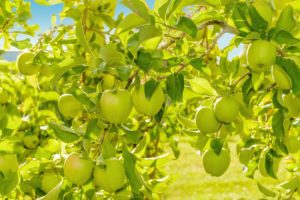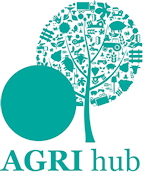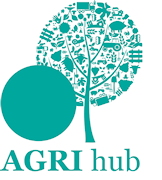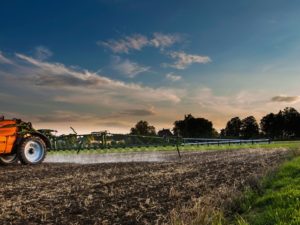 Biennial bearing can be a major problem in fruit trees – but applying a unique multiple-nitrogen foliar fertiliser after harvest could be the answer producers are looking for.
Biennial bearing can be a major problem in fruit trees – but applying a unique multiple-nitrogen foliar fertiliser after harvest could be the answer producers are looking for.
The common phenomenon, whereby trees have very high yields in one year followed by low yields in the next year or two, can be dramatically evened out by tailoring nutrition to the plant’s needs, explains Chris Gamble, sales manager at Olmix-Micromix.
“Biennial bearing is linked to certain varieties, but it can also be triggered when trees are starved of nutrients, receive insufficient moisture, or when frost destroys the blossom in the spring. This makes them unable to carry a heavy crop, which stimulates excessive flower budding the following year.”
Thinning buds and fruits in a heavy year is a traditional method to redress biennial bearing, but this of course limits yields in a bumper year. Instead, producers should consider tailoring their nitrogen regime using specialist foliar fertilisers at critical times of the year.
“With apples, nitrogen demands will vary according to variety and tree age / size, but as a rule, bearing trees require nitrogen early in the season for canopy development and fruit growth,” says Mr Gamble. “Typically, this is supplied from within the plant’s reserves, supplemented later by nitrogen mineralised from the soil or applied as fertiliser.”
As the season progresses, nitrogen status should decline gradually to aid fruit quality and wood maturity, but after harvest – and before leaf-fall – producers should apply Multi-N foliar fertiliser to boost plant reserves ahead of the following spring. This ensures the best possible start, reducing the risk of fluctuating yields.
“Early foliar N is beneficial for fruit set and early growth, and can also extend the effective pollination period – plus it is effective even in low temperatures or times of drought,” explains Mr Gamble. “However, some sprays can scorch the leaves, so it’s important to choose your product carefully.”
Multi-N contains ammoniacal, ureic and nitrate forms of nitrogen (as well as sulphur), formulated in a way which doesn’t scorch the crop – and with a special blend of humectants, complexing agents and surfactants the spray remains on the leaf, in readily-absorbable form, for longer. “It keeps delivering nitrogen through the leaf for 10 minutes longer than other foliar N products, and the formulation means it’s actively absorbed straight into the phloem rather than relying on the plant to break it down into an accessible form.”
With 85% uptake efficiency there are environmental benefits of reduced run-off into water courses, he adds.
Preventing sunburn
Another issue which is increasingly affecting apple growers, given the greater extremes of temperatures the UK is experiencing, is sunburn – particularly in pale-skinned varieties like Golden Delicious. Typically, sunburn necrosis occurs when the fruit surface temperature reaches around 52⁰C for 10 minutes. Sunburn browning can occur when the surface reaches about 46⁰C for an hour, while photo-oxidative sunburn takes place at lower temperatures but when there is a sudden increase in direct light intensity.
“Given that fruit surface temperatures are 10-18⁰C higher than the official shaded air temperature, sunburn is a real risk this summer, especially where crops are under drought stress,” warns Mr Gamble. “Applying SunCal – a calcium carbonate spray – reflects heat and light from the fruit surface, dramatically reducing the risk and incidence of sunburn. Unlike clay-based products, SunCal is easy to clean off at harvest, and is more rainfast, extending the effective working period.”
- Olmix-Micromix will be on stand 720 at the Fruit Focus Event, NIAB EMR, Kent, on 17 July. For more information visit micromix.com.




